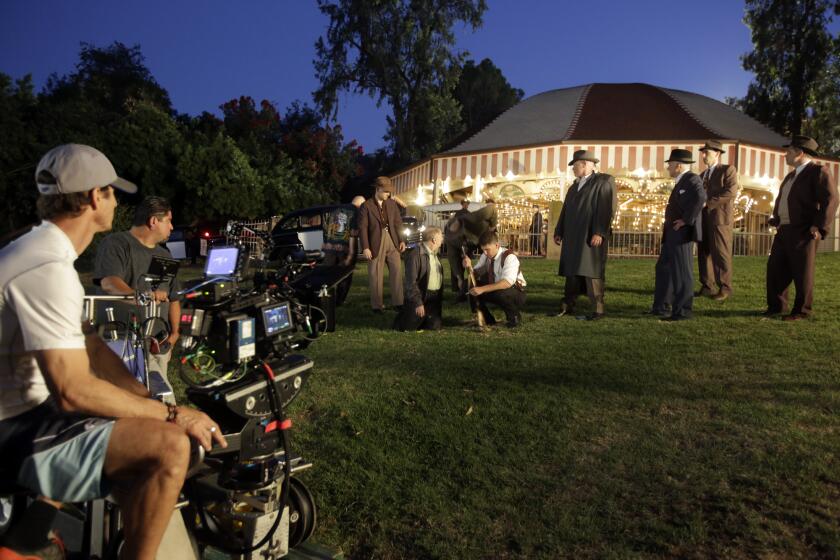Aladdin Loses $76 Million in ‘Ramping Up’
- Share via
The Aladdin Resort & Casino, Las Vegas’ newest gambling palace and the target of criticism for its design flaws, reported Monday that it lost more than $76 million during 2000.
As of Dec. 31, the $1.3-billion resort averaged a profit of only $92 per slot machine, compared to an average of $108 per machine for other casinos along the Las Vegas Strip.
The “Arabian Nights”-themed resort also posted an 86% occupancy rate for its 2,567 hotel rooms since opening in mid-August. The industry average is about 90% occupancy.
Aladdin executives blamed the red ink on the fact that the 35-acre resort is in a “ramping-up” period. They said they have redoubled their marketing efforts and started booking convention business, which has helped fill rooms.
The company says that occupancy climbed to more than 99% for March and slot revenue, after dipping to $66 per machine in January, has risen to $97.
The numbers were disclosed in the company’s annual report, filed Monday and covering the 136-day period the Aladdin operated between Aug. 18 and the end of 2000.
The report has been much anticipated by Vegas-watchers, who have criticized the Aladdin as a gambler-unfriendly casino that suffers from basic design and operational flaws. Critics have pointed to the Aladdin’s lack of a sweeping entrance from Las Vegas Boulevard and the placement of its 116,000-square-foot casino, which allows guests to sidestep its slot machines.
The report said Aladdin incurred nearly $29 million in pre-opening expenses. It also claimed about $10 million in free rooms, food, beverages and other incentives as promotional costs to lure gamblers.
Just last week, one of the resort’s partners, the Sommer family trust, put up $7 million to help fund operations at the resort, industry sources said.
More to Read
Inside the business of entertainment
The Wide Shot brings you news, analysis and insights on everything from streaming wars to production — and what it all means for the future.
You may occasionally receive promotional content from the Los Angeles Times.









